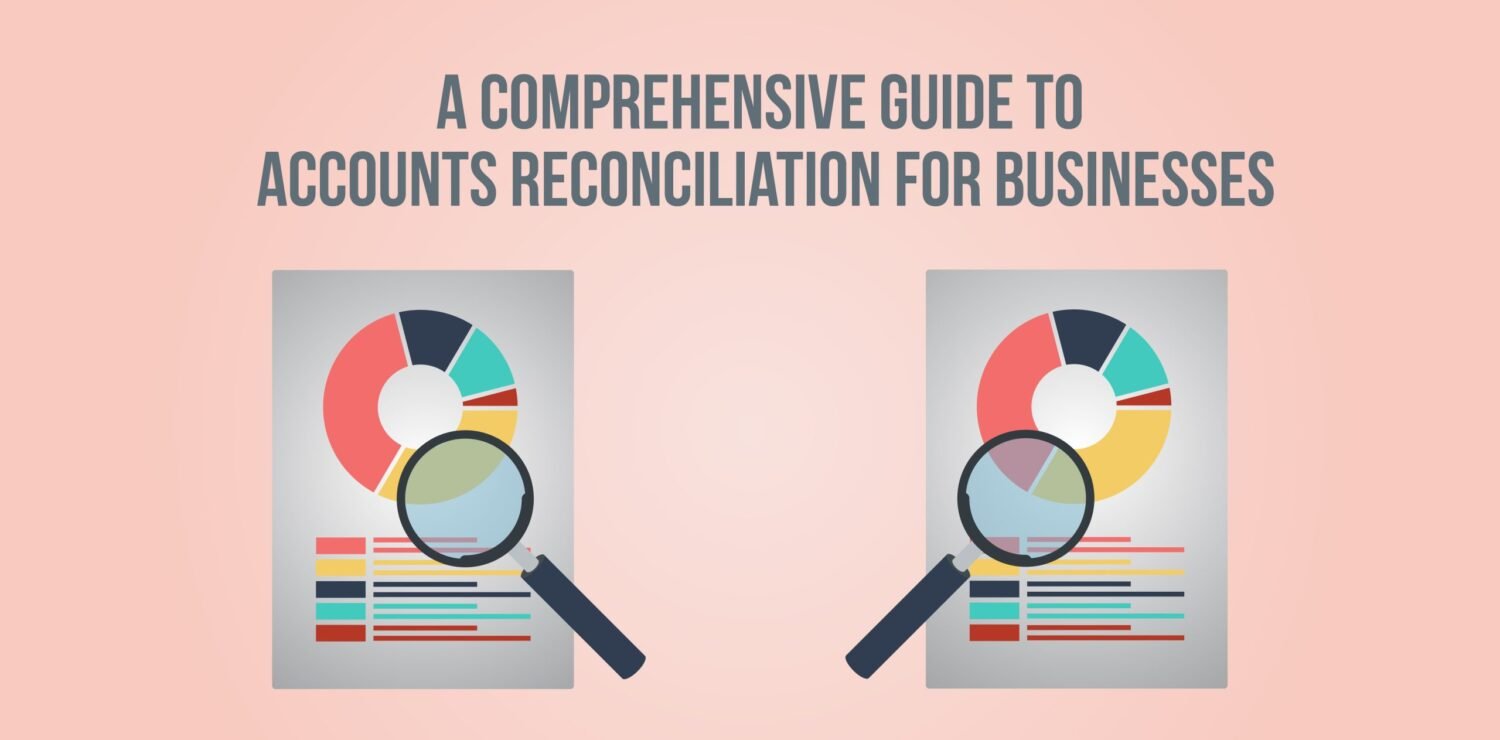
Account reconciliation is an essential process in accounting that ensures a business’s financial records are accurate and complete. By comparing an account’s balance with independent systems, third-party data, or other supporting documentation, accountants can verify the integrity of financial records. This process is crucial for identifying discrepancies, correcting errors, and ensuring the validity of financial statements.
Regular account reconciliations are typically done at the end of an accounting period, such as at the time of the monthly close. This ensures that transactions being closed out are verified and that closing statements are accurate. But why is this process so important for businesses? Let’s dive into the details.
What Is Account Reconciliation?
Account reconciliation involves matching an account balance to independent systems or third-party data to verify its accuracy. For instance, accountants compare the general ledger balance of an account to documents like bank statements, vendor invoices, or credit card records.
This reconciliation process not only helps identify errors but also plays a vital role in detecting fraud, ensuring compliance with financial regulations, and properly preparing for tax filings. It’s an ongoing activity, generally performed monthly, to maintain the validity of financial records.
Steps in Account Reconciliation: How It Works
Account reconciliation may seem complex, but by following a structured approach, businesses can ensure that their financial data remains accurate and up-to-date. Here are the key steps involved:
- Determine the Starting Point: Begin by matching the opening balance of the account to the ending balance from the previous period. This helps identify any discrepancies early on.
- Gather Necessary Data: Collect the necessary documentation for the reporting period (monthly, quarterly, or annually). This includes general ledgers with debits and credits for the period under review, along with supporting documents like bank and credit card statements.
- Analyze the Data: Review the general ledger balance and compare it with third-party data such as bank statements, invoices, and vendor receipts. Any discrepancies should be investigated and corrected, often by recording an adjusting journal entry.
- Save and Verify Supporting Documents: Retain all the documents that support the reconciliation process, ensuring that they align with the balances and that the necessary adjustments are made.
Types of Account Reconciliation
Account reconciliations can be categorized based on the type of data being reconciled. Here are some of the most common types:
- Bank Reconciliation: Matching the business’s financial statements with the bank’s statements.
- Vendor Reconciliation: Comparing vendor statements with the accounts payable ledger.
- Intercompany Reconciliation: Reconciling transactions between different departments, subsidiaries, or business units within the same company.
- Petty Cash Reconciliation: Ensuring that petty cash transactions are accurately recorded and supported by receipts.
- Credit Card Reconciliation: Matching purchase receipts with credit card statements to verify that all transactions are recorded.
What Causes Discrepancies in Account Reconciliation?
During the reconciliation process, discrepancies can often arise due to various factors. Common causes include:
- Timing Differences: Transactions may appear in the general ledger but not yet in supporting documentation, or vice versa. For example, a check might not have cleared the bank by the time the reconciliation is performed.
- Missing Transactions: Sometimes, transactions are omitted from the general ledger but are recorded in the supporting documents. For example, some credit card payments might not be reflected in the ledger but are captured on the bank’s end.
- Mistakes: Errors, like incorrect bank fees or data entry mistakes, can also create discrepancies. These can be easily corrected once identified during the reconciliation process.
Two Basic Methods of Account Reconciliation
There are two primary methods to conduct account reconciliation:
- Document Review Method: This traditional approach involves comparing business financial records with physical or digital source documents like receipts, invoices, and bank statements.
- Analytics Review Method: This method involves analyzing historical data and comparing current financial figures with projected data. If discrepancies are found between the present data and historical trends, it might indicate errors or irregularities.
Why Is Account Reconciliation Important?
Account reconciliation is crucial for several reasons:
- Error Detection: It helps identify mistakes in data entry or transaction reporting, ensuring that financial records are accurate.
- Fraud Prevention: By reconciling accounts regularly, businesses can spot fraudulent activities like unauthorized transactions, duplicate payments, or altered invoices.
- Financial Accuracy: Reconciliation ensures that financial statements are accurate, which is vital for decision-making and reporting to stakeholders.
- Regulatory Compliance: In many countries, including the United States, account reconciliation is essential for compliance with financial regulations, such as the Sarbanes-Oxley Act.
- Tax Preparation: Proper account reconciliation ensures businesses are well-prepared for tax filings, minimizing the risk of errors in tax reporting.
How Account Reconciliation Software Can Help
Manual account reconciliation can be time-consuming and prone to errors. This is where account reconciliation software, like BlackLine, comes in. BlackLine offers automated solutions to streamline the reconciliation process. Key benefits of using account reconciliation software include:
- Standardized Templates: Automate the reconciliation process using pre-built templates, reducing the risk of human error.
- Automated Workflow: The software tracks assignments, statuses, and deadlines, making it easier to manage reconciliations.
- Transaction Matching: Automatically compare and match transactions from various data sources like bank statements and general ledgers, saving time on manual checks.
- Document Storage: Easily store and access supporting documentation directly within the software, ensuring compliance during audits.
Conclusion: The Importance of Routine Reconciliation
Account reconciliation is a fundamental activity in maintaining accurate financial records. By regularly performing reconciliations, businesses can ensure data accuracy, detect errors and fraud, and comply with regulations. Whether performed manually or with the aid of account reconciliation software like BlackLine, this process is essential for maintaining the financial health of any organization.
FAQs
- What is account reconciliation?
- Account reconciliation ensures the accuracy of financial records by comparing them with independent data sources.
- Why is account reconciliation important?
- It helps detect errors, prevents fraud, ensures compliance, and guarantees accurate financial reporting.
- How do I perform an account reconciliation?
- Gather data, compare it to independent records, and resolve discrepancies to maintain accuracy.
- What causes discrepancies in account reconciliation?
- Timing differences, missing transactions, and mistakes are common causes.
- What types of account reconciliations exist?
- Bank, vendor, petty cash, credit card, and intercompany reconciliations are common.
- How can account reconciliation software help?
- It automates the process, reduces errors, and stores supporting documents for easy access.
- What are the benefits of using BlackLine for account reconciliation?
- BlackLine streamlines the reconciliation process, improves accuracy, and ensures compliance.
